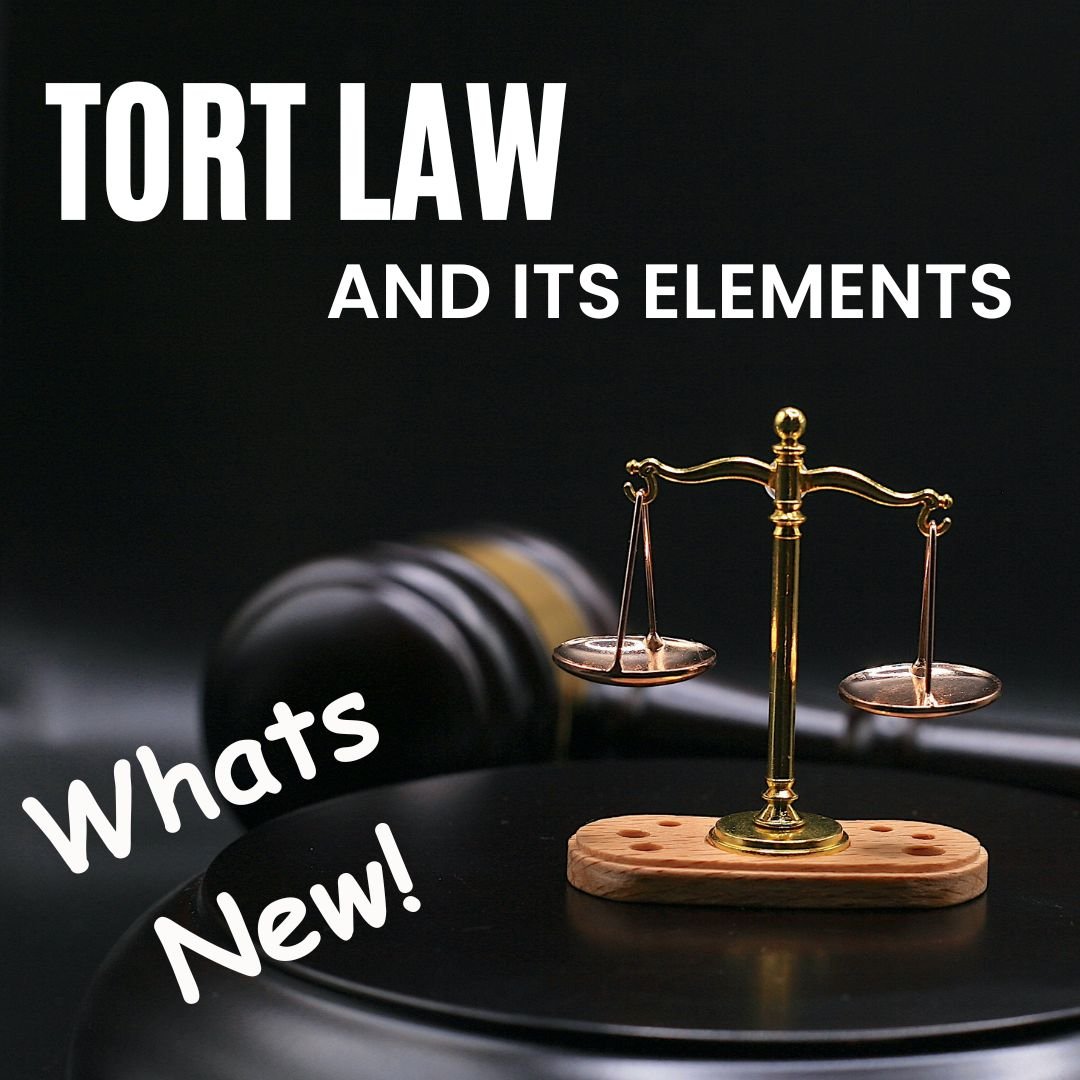Tort is a civil wrong that causes harm or loss to another person or
their property, leading to legal liability. Unlike criminal offenses,
which are prosecuted by the state, torts are typically addressed
through civil lawsuits where the injured party seeks compensation or
remedies from the wrongdoer.
Elements of a Tort
- Duty of Care: The defendant owed a duty of care to the
plaintiff. This means that the defendant was obligated to act in
a way that avoids causing harm to others. - Breach of Duty: The defendant failed to meet that duty of
care. This means the defendant’s actions or omissions did not
meet the standard expected. - Causation: The defendant’s breach of duty caused harm or
loss to the plaintiff. This is often divided into two types:- Actual Causation: The defendant’s actions were the
actual cause of the harm. - Proximate Causation: The harm was a foreseeable result
of the defendant’s actions.
- Actual Causation: The defendant’s actions were the
- Damages: The plaintiff suffered actual harm or loss as a result
of the defendant’s actions. This harm can be physical injury,
financial loss, or damage to property.
Examples of Torts
Negligence
Example: A driver fails to stop at a red light and crashes
into another car. The driver had a duty to follow traffic
laws and ensure the safety of other road users. The breach
of this duty (running a red light) caused the accident,
resulting in injury and property damage. The injured
party can sue for damages.
Assault
Example: A person threatens to hit someone with a
baseball bat, even if they do not actually strike them. The
threat creates a reasonable fear of imminent harm. This
constitutes assault because the threat alone is enough to
cause harm to the plaintiff’s mental well-being, even
without physical contact.
Defamation
Example: A person spreads false rumors about another
person’s professional incompetence, leading to damage to
their reputation and career. The defendant made false
statements about the plaintiff, which were communicated
to others, causing harm to the plaintiff’s reputation.
Product Liability
Example: A manufacturer produces a batch of defective
electric heaters that cause fires. The manufacturer had a
duty to ensure their products are safe for use. The breach
of this duty (defective product) led to fires and property
damage. Affected consumers can sue for damages
resulting from the use of the defective heaters.
Trespass to Land
Example: A neighbor enters onto your property without
permission to retrieve a ball. The neighbor has invaded
your private space without consent, which constitutes
trespass to land. Even though no damage was caused, the
unauthorized entry itself is a tort.
